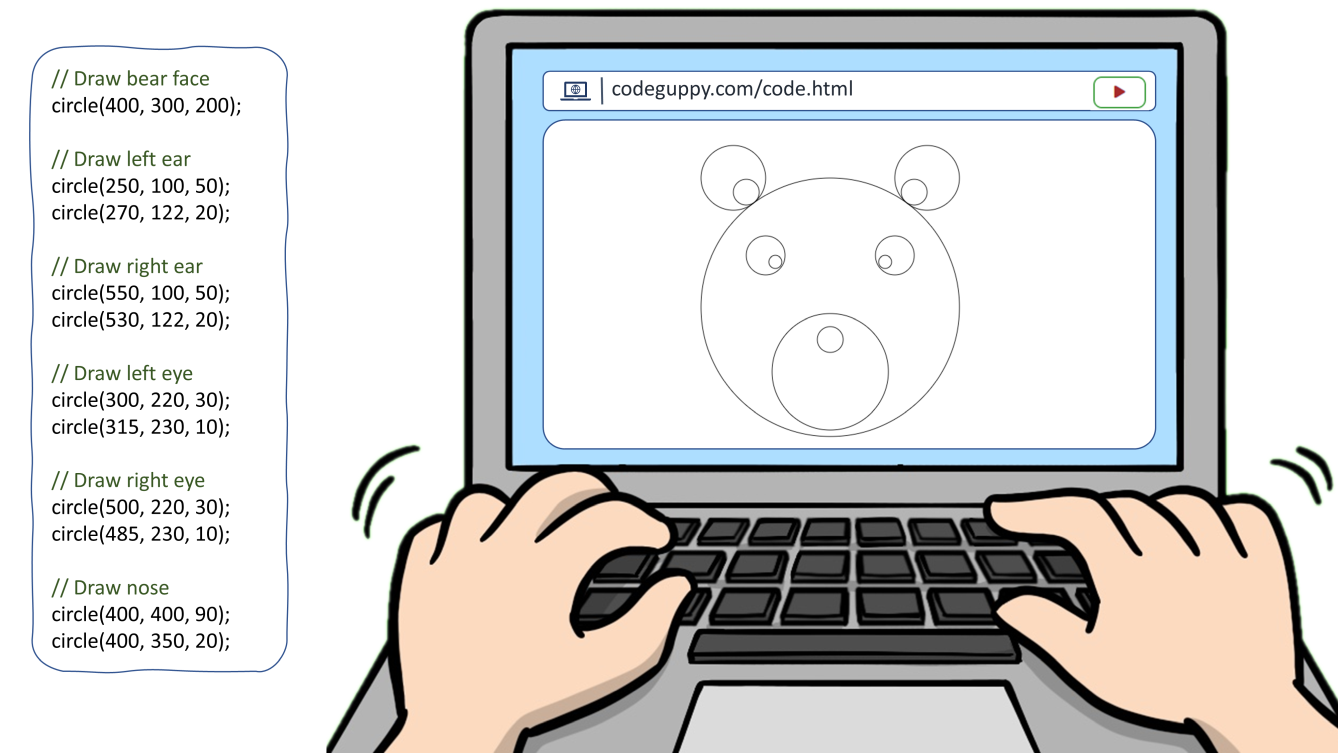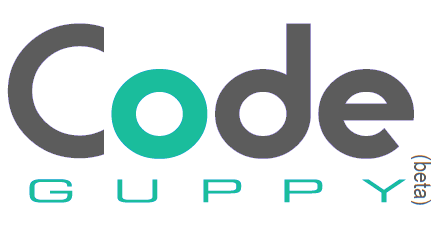How Kids Learned Programming in the 80s?
Hey there, young coders! Ever wondered how kids like you learned to program computers back in the 1980s, long before smartphones, tablets, and super-fast laptops? Well, buckle up, because we're time-traveling to the era of big hair, cassette tapes, and the dawn of home computing. Let's explore the fascinating world of the ZX-Spectrum 48K and Commodore 64 computers and dive into the BASIC programming language - the tools that sparked many of today's tech geniuses.
The ZX-Spectrum 48K: A Rainbow of Possibilities
Imagine a tiny, rainbow-striped computer that could connect to your TV and introduce you to the wonders of programming. That's the ZX-Spectrum 48K for you! Launched in the UK by Sinclair Research in 1982, this little marvel was many kids' first encounter with computing. It was affordable, which made it a hit with families. The Spectrum came with a built-in programming language called BASIC, allowing anyone to start coding right out of the box. Kids could create their own games, animations, and programs, learning the basics of programming in a fun, hands-on way.

Commodore 64: The Cool Kid on the Block
Across the ocean, another star was born: the Commodore 64, affectionately known as the C64. With its iconic beige case and rainbow logo, the C64 became the best-selling single computer model of all time. It boasted impressive graphics and sound for its era, making it perfect for games. But it wasn't just about playing games; the C64 also came equipped with the BASIC programming language, encouraging kids to become creators. Many future programmers cut their teeth on the C64, typing in lines of code to bring their own digital worlds to life.

BASIC: Let's learn how to code
BASIC, which stands for Beginner's All-purpose Symbolic Instruction Code, was the first programming language for many budding programmers in the 80s. It was designed to be easy to learn, with simple commands that made sense to beginners. Both the ZX-Spectrum and the Commodore 64 used versions of BASIC as their programming language, making them powerful tools for education. Kids could start with simple commands and gradually build up to more complex programs, learning logical thinking and problem-solving skills along the way.
Back in the 80s, learning to program often meant typing in long programs from magazines or books. Mistakes were common, and debugging was part of the fun. This hands-on approach taught patience, attention to detail, and the thrill of seeing your code come to life. It wasn't always easy, but the sense of accomplishment when your program finally ran as intended was unbeatable.
JavaScript is like BASIC
Fast forward from the 80s, and we land in a world where programming languages have evolved dramatically. Yet, the mission to make coding accessible and fun for beginners continues. Enter JavaScript, a language that, in many ways, is the modern equivalent of BASIC for today's young coders. Just as BASIC opened the doors to programming for kids in the 80s, JavaScript is doing the same today, especially through platforms like CodeGuppy.
codeguppy.com is a shining example of how JavaScript has been made as easy to use as BASIC once was. Designed with young learners in mind, CodeGuppy takes a leaf from the BASIC book, offering an intuitive, engaging platform where kids can learn to code by creating games, animations, and more. It’s a playground where JavaScript comes to life, allowing users to see the immediate results of their code, much like the immediate feedback loop that made BASIC so beloved.
codeguppy.com provides a plethora of resources, tutorials, and projects tailored for beginners. This nurturing environment is perfect for young coders to experiment, learn, and grow their coding skills in a fun, supportive way.

Conclusion
While technology has advanced light-years since the 80s, the basic principles of programming have remained the same. The spirit of exploration, creativity, and problem-solving that kids experienced with the ZX-Spectrum and Commodore 64 continues to inspire young programmers today. Whether you're coding on codeguppy.com or on any other modern coding environment, you're part of a long tradition of digital pioneers. So, next time you sit down to program, remember you're following in the footsteps of those 80s kids, exploring the limitless potential of what you can build with code.
Read more blog articles Browse JavaScript projectsAbout codeguppy
CodeGuppy is a FREE coding platform for schools and independent learners. If you don't have yet an account with codeguppy.com, you can start by visiting the registration page and sign-up for a free account. Registered users can access tons of fun projects!

Follow @codeguppy on Twitter for coding tips and news about codeguppy platform. For more information, please feel free to contact us.
